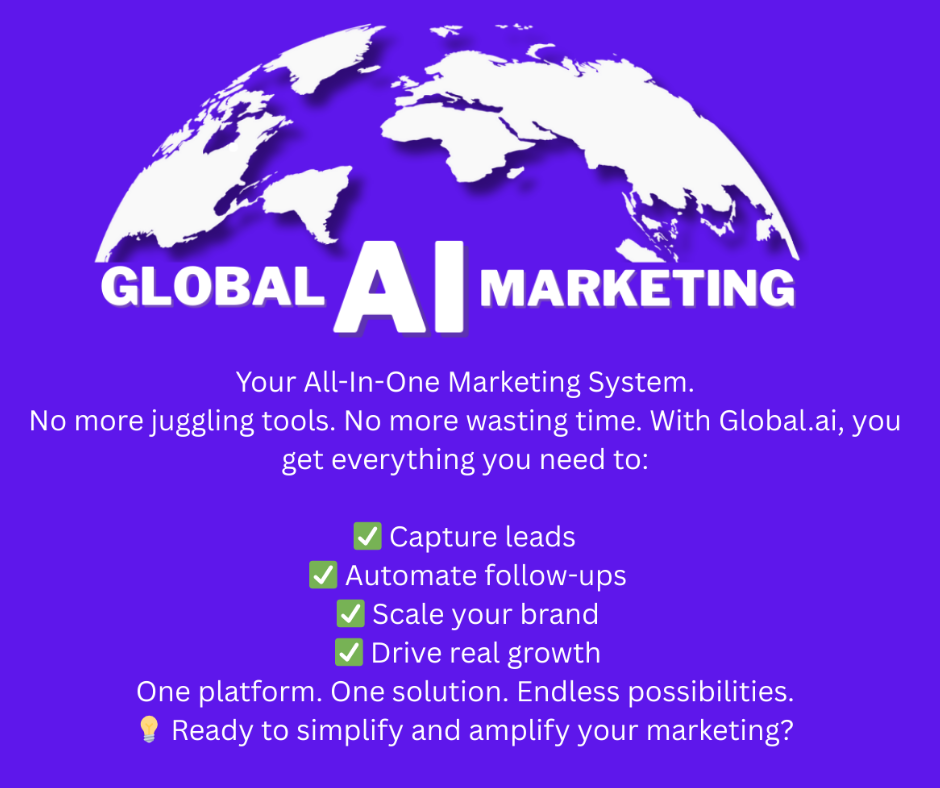Unlocking Growth: Career Advancements & New Income Opportunities for Ambitious Professionals

When people search for a new opportunity, career, system, or home-based business, they typically have a few key questions and concerns in mind. These often revolve around convenience, direction, and long-term viability.
Here are some of the most common questions:
Before diving into the specifics of what lenders are looking for, it's essential to understand why financial organization is so crucial for any business looking to grow. Here are a few reasons why keeping your financials in order should be a top priority:
1. What are the potential earnings?
- How much money can I make?
- Is the income stable or does it fluctuate?
- What are the realistic timelines to reach a certain income level?
2. How much time is required?
- How many hours per week will I need to dedicate?
- Is this something I can do part-time, or does it require full-time commitment?
- Can I balance this opportunity with my current job or other responsibilities?
3. What are the startup costs?
- What initial investment is required?
- Are there hidden costs or ongoing fees?
- Is financing available if needed?
4. What skills or experience do I need?
- Do I need specific qualifications or prior experience?
- What training is provided?
- Is ongoing support or mentorship available?
5. How flexible is the opportunity?
- Can I work from home or remotely?
- Is there flexibility in working hours?
- Can I scale or grow this opportunity over time?
6. What is the market demand?
- Is there a strong demand for this product/service?
- What is the competition like?
- Are there future growth opportunities in this market?
7. How reliable is the opportunity?
- How long has the company or system been around?
- What is the company’s reputation?
- Are there testimonials or success stories from others?
8. What is the long-term potential?
- Can this opportunity lead to career advancement or personal growth?
- Is it sustainable over the long term?
- Does it align with my personal and professional goals?
9. How much autonomy will I have?
- Will I be able to make my own decisions and manage my own schedule?
- Is there room for creativity and innovation?
- How much control do I have over the direction of my business?
10. How aligned is this opportunity with my values?
- Does this align with my passions and interests?
- Is the company or system ethical and socially responsible?
- Will I feel fulfilled and satisfied with this work?
11. What are the risks involved?
- What are the potential downsides?
- How likely is it that I could lose my investment or not achieve my goals?
- What contingency plans are in place?
These questions help individuals assess the feasibility, alignment, and potential success of new ventures, whether they're considering a career change, starting a business, or exploring a new opportunity.

When people search for career advancements, job opportunities, or additional income opportunities, they often look for specific qualities and outcomes that align with their personal and professional goals. Here’s what they typically seek:
1. Growth and Development
- Skill Enhancement: Opportunities that allow them to develop new skills or refine existing ones.
- Career Progression: Clear pathways for advancement, promotions, and increased responsibilities.
- Educational Opportunities: Access to further education, certifications, or on-the-job training.
2. Work-Life Balance
- Flexible Work Arrangements: Options for remote work, flexible hours, or part-time positions that accommodate personal life.
- Reduced Stress: Jobs that offer a healthier work environment and manageable workloads.
- Time Freedom: Opportunities that allow them to manage their own schedules, especially for side businesses or gigs.
3. Financial Security
- Competitive Salary: A wage or income that meets or exceeds industry standards and provides financial stability.
- Benefits and Perks: Comprehensive health insurance, retirement plans, bonuses, and other perks that enhance financial security.
- Additional Income Streams:
Side jobs or freelance opportunities that supplement their primary income.
4. Meaningful Work
- Purpose and Fulfillment: Jobs that align with their personal values, passions, and sense of purpose.
- Impact: Roles where they feel they are making a difference, either within the company, the community, or the world.
- Autonomy:
Opportunities to take ownership of projects and make decisions that influence outcomes.
5. Stability and Security
- Job Security: Positions with companies that have a strong track record and stability in the market.
- Reliable Income: Consistent and predictable paychecks or revenue streams from side businesses.
- Economic Resilience: Opportunities that are less likely to be affected by economic downturns or industry shifts.
6. Innovation and Creativity
- Creative Freedom: Roles that allow them to innovate, create, and bring new ideas to the table.
- Cutting-Edge Technology: Access to the latest tools, technologies, and methodologies that keep them at the forefront of their field.
- Entrepreneurial Opportunities: Chances to start or grow their own business, leveraging creativity and innovation.
7. Networking and Connections
- Professional Relationships: Opportunities to build strong professional networks and connect with industry leaders.
- Mentorship: Access to mentors who can provide guidance, advice, and support in their career or business endeavors.
- Community Involvement: Roles that allow them to engage with and contribute to a larger community or cause.
8. Alignment with Personal Goals
- Long-Term Vision: Opportunities that align with their long-term career or life goals, providing a clear path toward those ambitions.
- Personal Satisfaction: Jobs or side businesses that bring personal joy, satisfaction, and a sense of achievement.
- Workplace Culture: A positive, inclusive, and supportive work environment that matches their personal values and work style.
9. Flexibility and Adaptability
- Adaptable Roles: Jobs that offer the ability to pivot and adapt as personal or market conditions change.
- Diverse Opportunities: Roles that allow them to explore different aspects of a business or industry, avoiding monotony.
- Scalability: Side businesses or income opportunities that can grow over time, allowing for increased revenue and opportunities.
10. Recognition and Appreciation
- Acknowledgment: A workplace where their contributions are recognized and valued.
- Incentives: Performance-based bonuses, awards, or other incentives that reward hard work and achievements.
- Feedback: Regular constructive feedback and opportunities to improve and excel in their role.
These factors reflect a desire for a career or income opportunity that not only provides financial benefits but also contributes to personal growth, satisfaction, and a balanced lifestyle.

Time to get Moving
Few people achieve success without trying. Unless you win the lottery or your company goes viral immediately, you must work hard. But I’m amazed at the sheer number of people who don’t have any plan at all for being successful.
DEFINE YOUR GOAL
Have you thought about what you want to be doing in five years time?
Are you clear about what your main objective at work is at the moment?
Do you know what you want to have achieved by the end of today?
GET A PLAN
Successful businessmen and achievers in all fields all have plans. Making plans gives you long-term vision and short-term motivation . It focuses your acquisition of knowledge, and helps you to organize your time so that you can make the most of your life.





